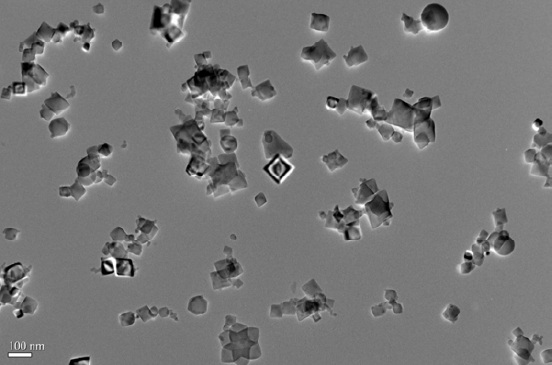![]() Aerosol-based Metal Nanoparticle Preparation and Passivation
Aerosol-based Metal Nanoparticle Preparation and Passivation
PI: Prof. Michael Zachariah
Metal-based energetics are proven to have much
higher energy densities than conventional CHNO
systems. However, the application of these materials
is limited by the lack of availability of finegrained
reactives that are surface-passivated to
maximize energy yield. In this proposal we build
on our prior work on the liquid phase synthesis of
nanoaluminum and self-assembly of monolayer
coatings to develop an aerosol route that has the
potential for scale-up. The purpose of this proposal
is to build the necessary science and technology
base to efficiently scale-up both the production
and passivation of nanoaluminum. Preliminary
studies at UMD, using trisobutylaluminum, tibAl,
have demonstrated not only that we can produce
nanoluminum but that the majority of particles can
be grown in the gas phase as single crystals. Such
material has not been seen before.
The figure below shows crystalline Al particles produced by cracking tibAl at 350ºC in the presence of H2. This method is attractive in that the process uses no solvent and produces an apparently narrow size distribution of Al particles. The particle size can be influenced by parameters such as precursor flow rate, furnace temperature, subsequent sintering of the particles, etc.
The objective of this program is to develop a medium scale aerosol production apparatus to make nanoaluminum that can be directly surface functionalized with energetic content passivating agents in a one-step continuous flow process.
Of critical importance in this program is the surface passivation of the nanocrystals. This will be accomplished by the exploration of several possible passivating agents that have stored potential energy. These will include metal coatings, fluorocarboxylic acids, and high nitrogen-based compounds. In the latter case, we will be working with Professor Thomas Klapötke, who is an expert on such compounds. He will develop the appropriate energetic ligands that can both passify the nanocrystal and provide added energy content.

TEM images of Nanocrystals of Aluminium Produced by Aerosol Process at UMD

